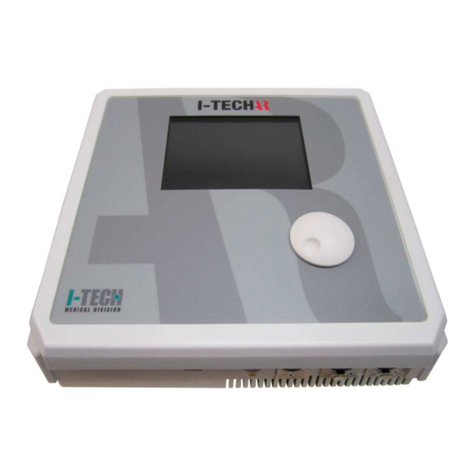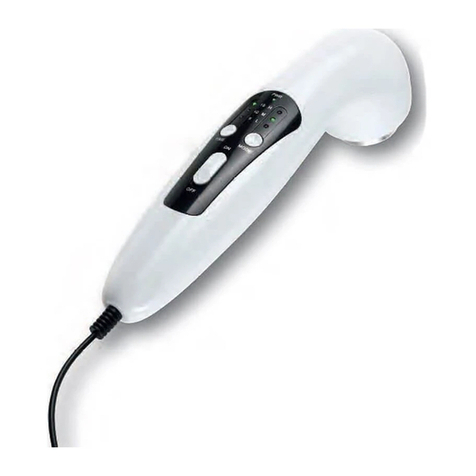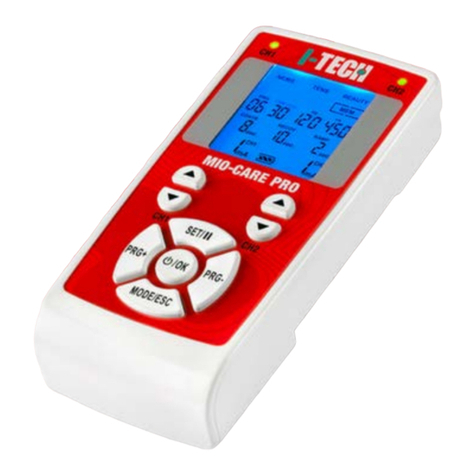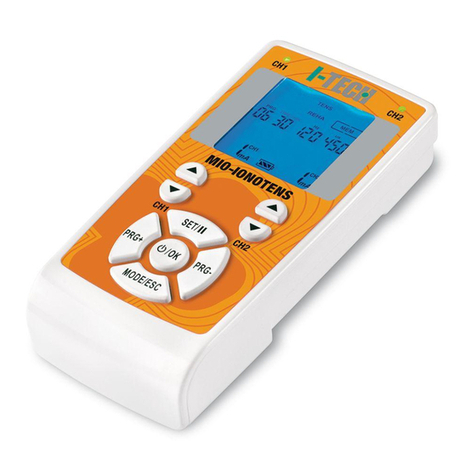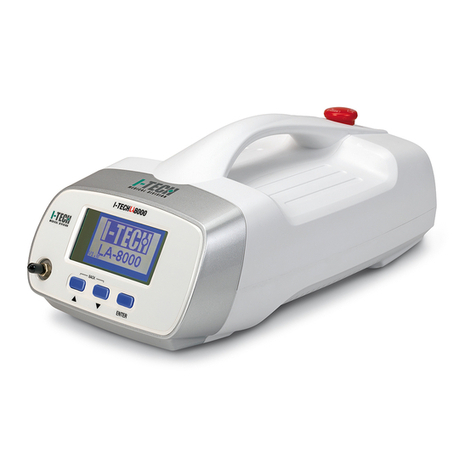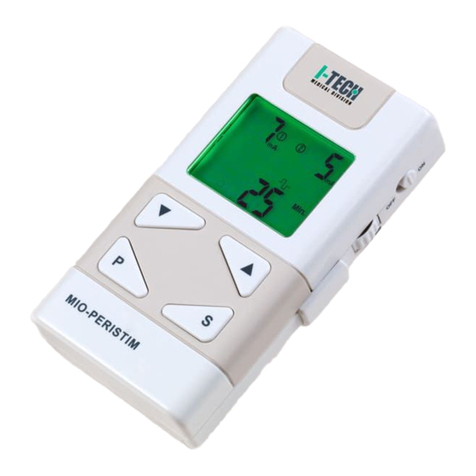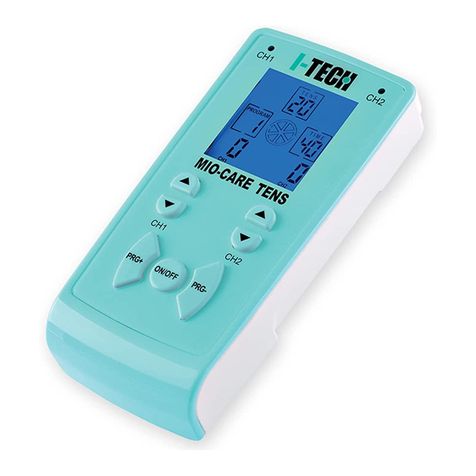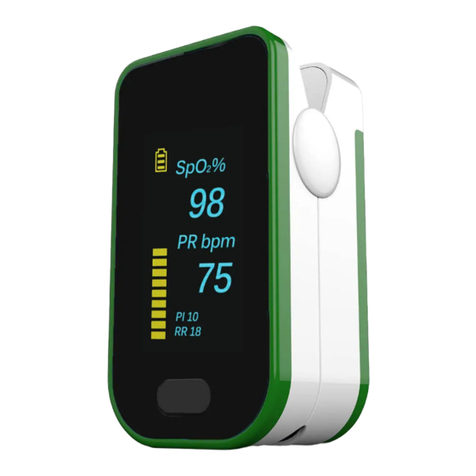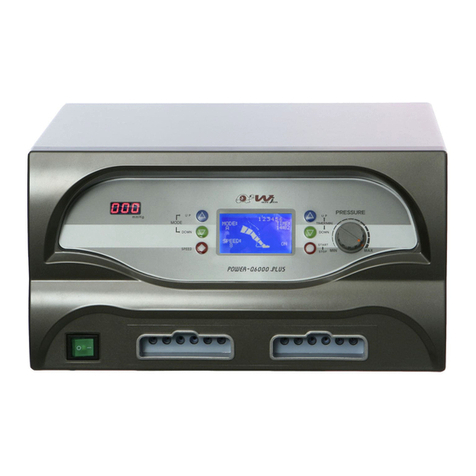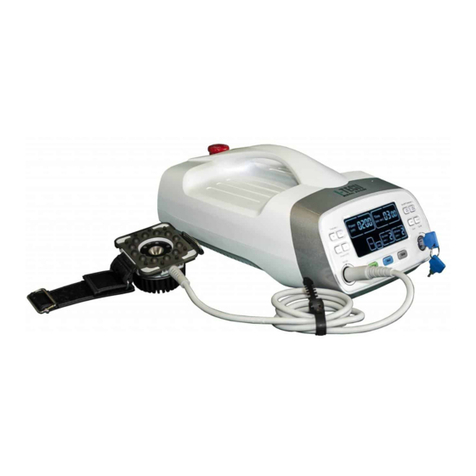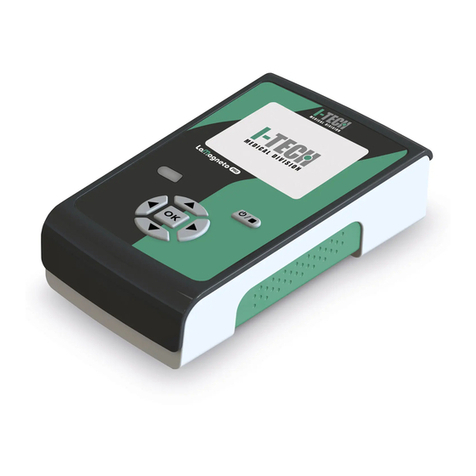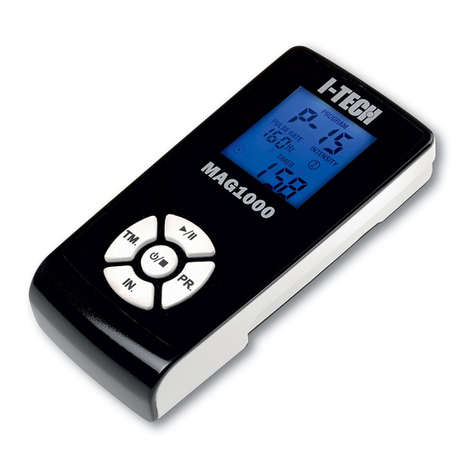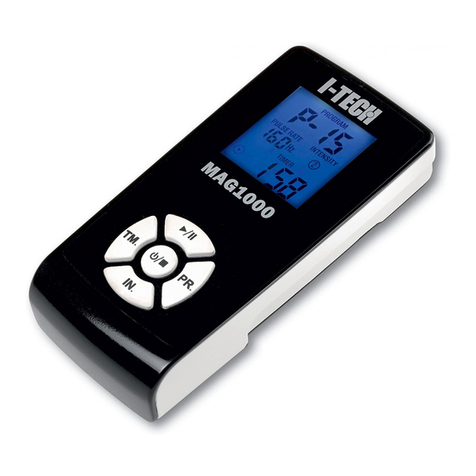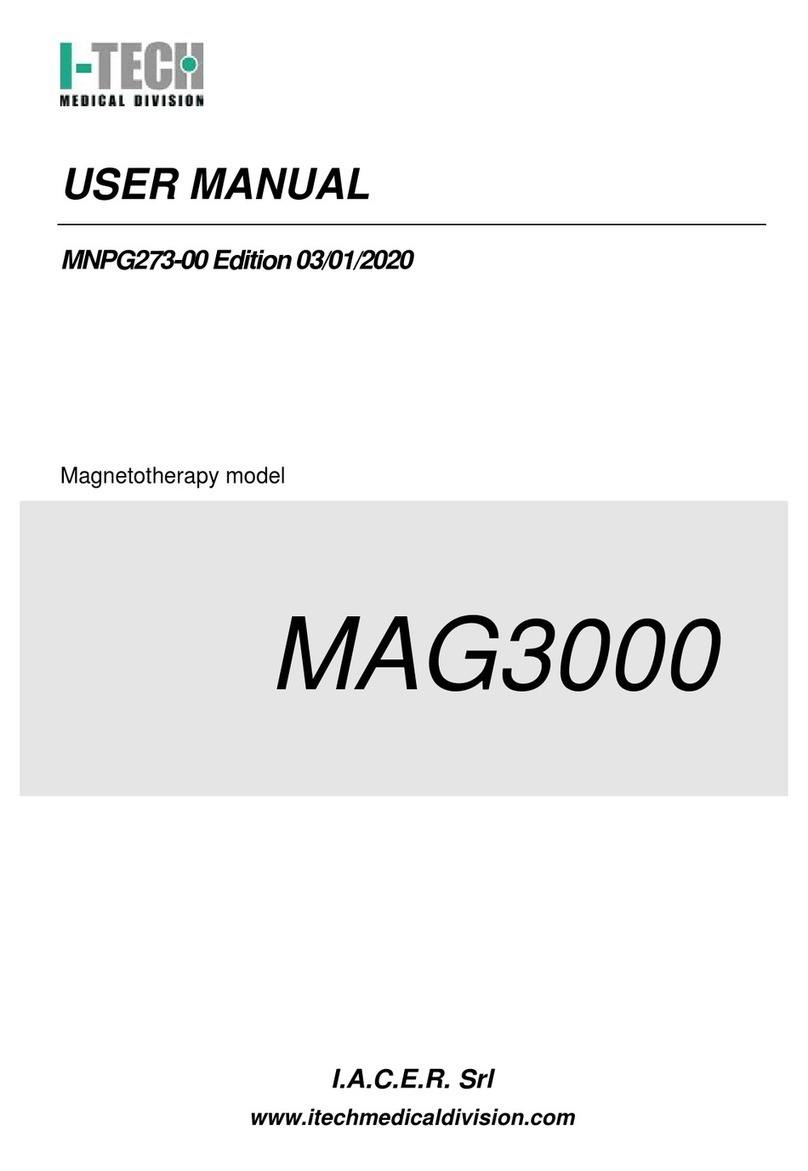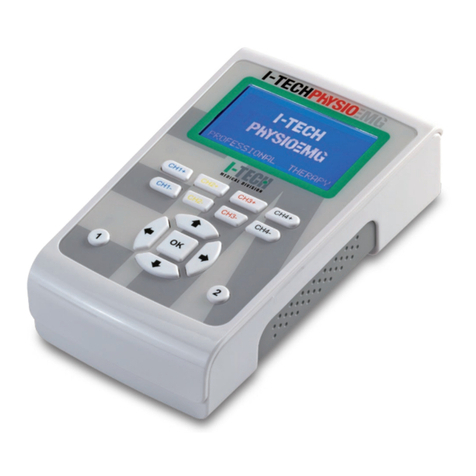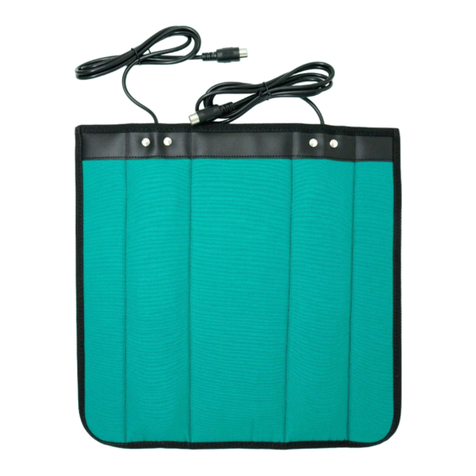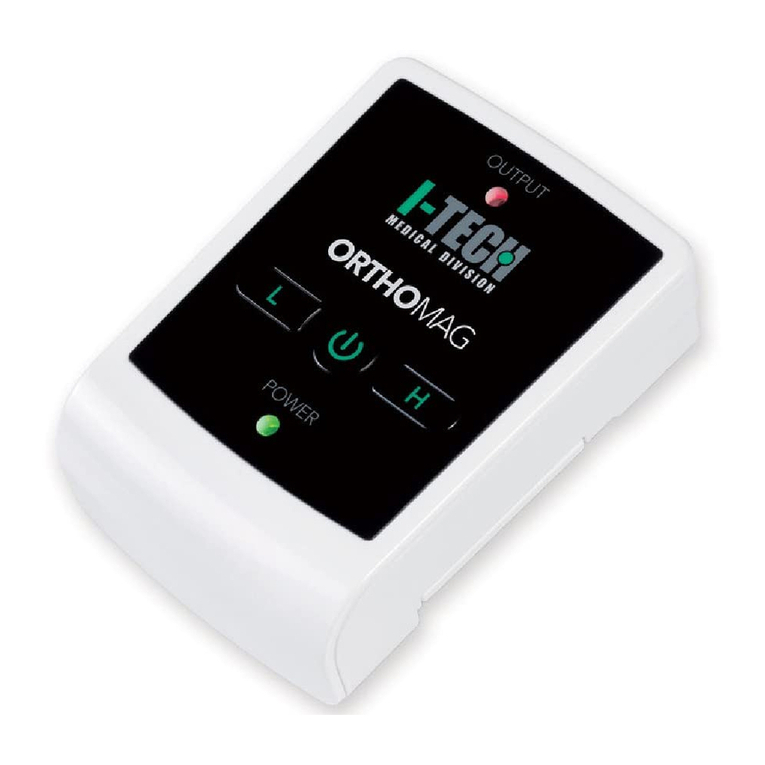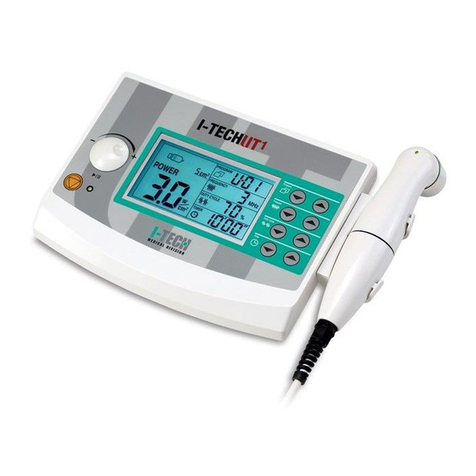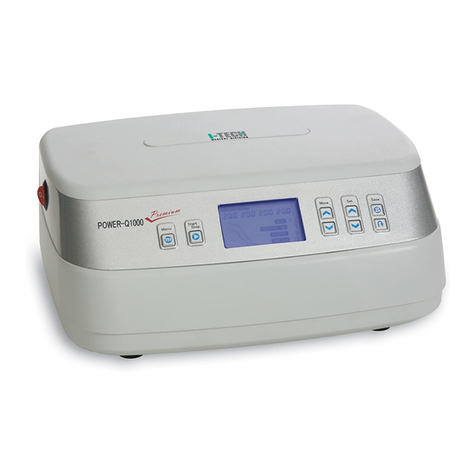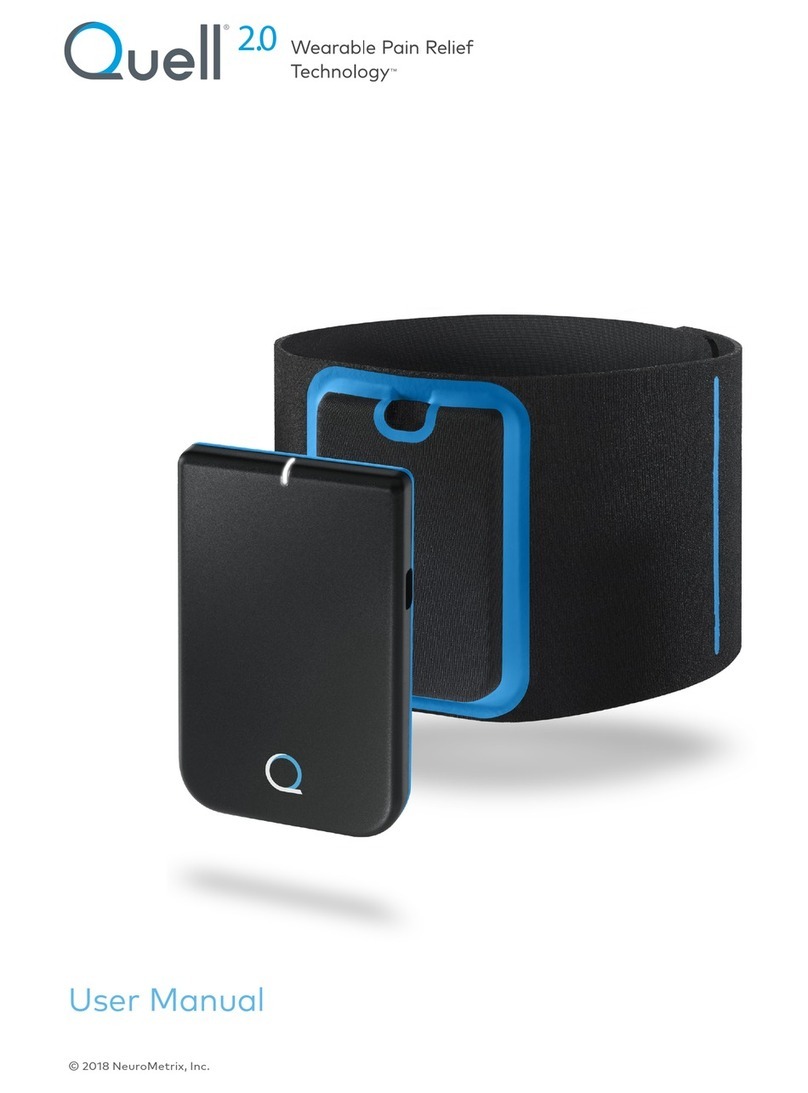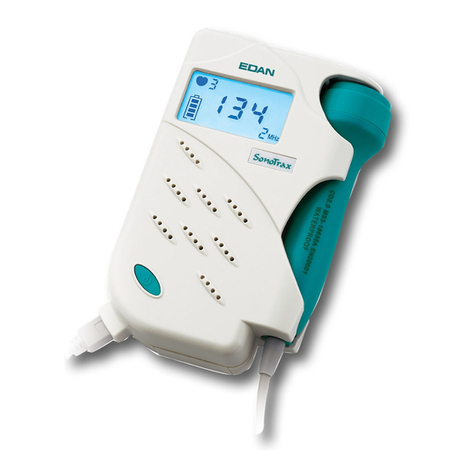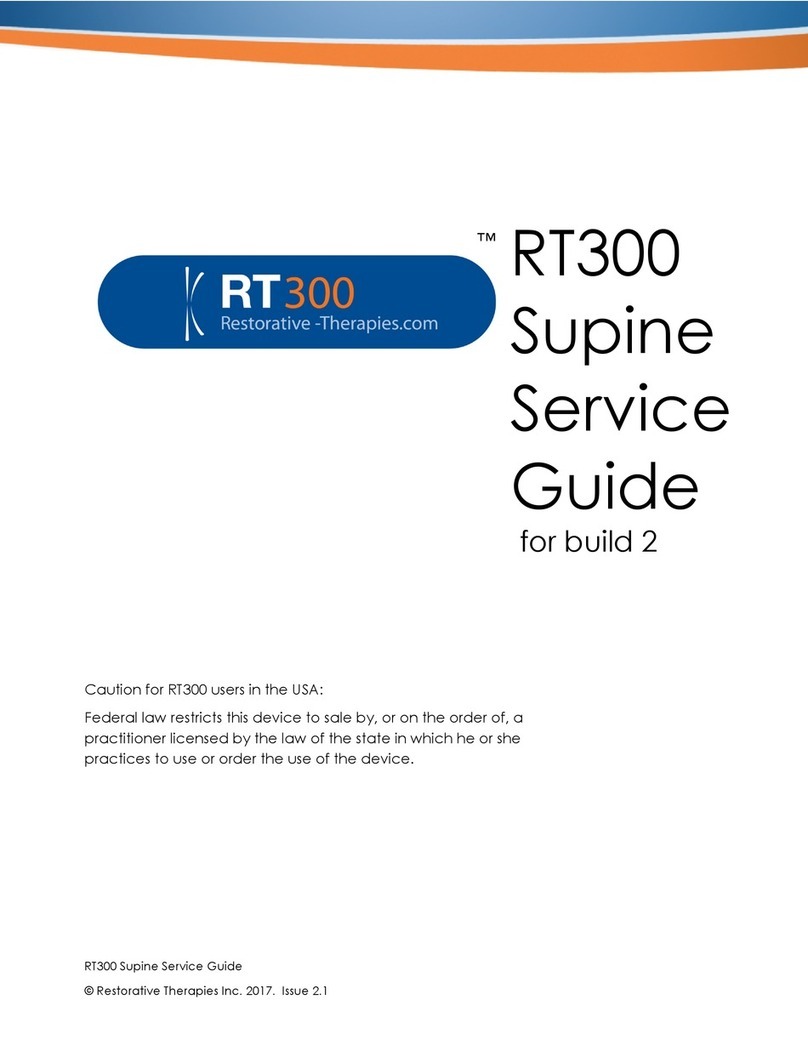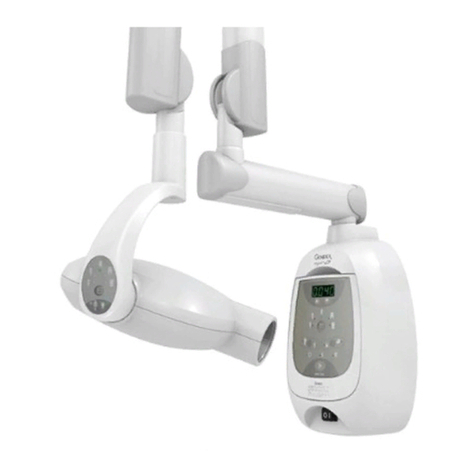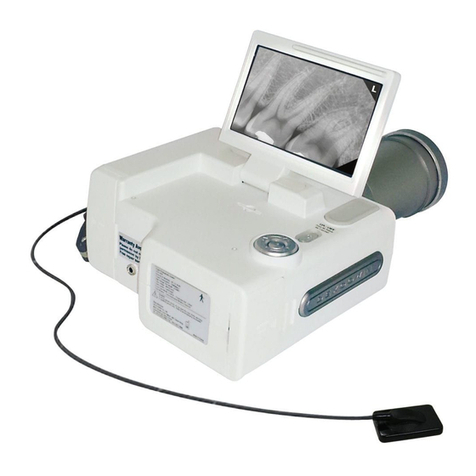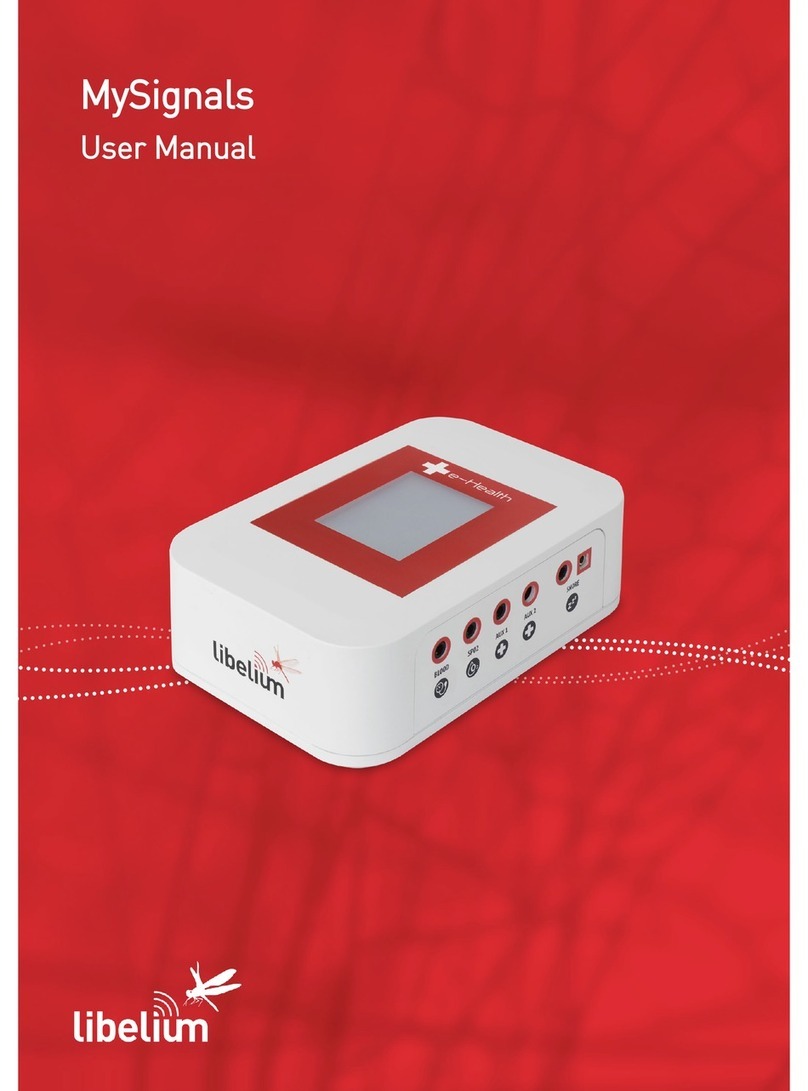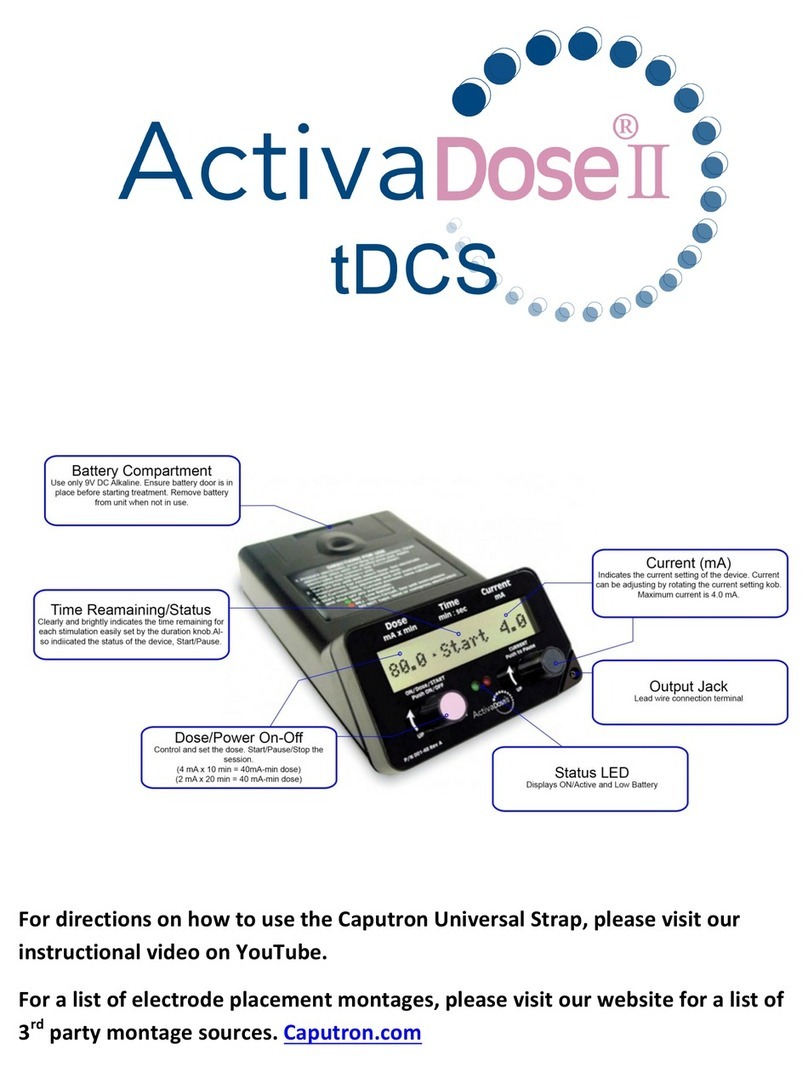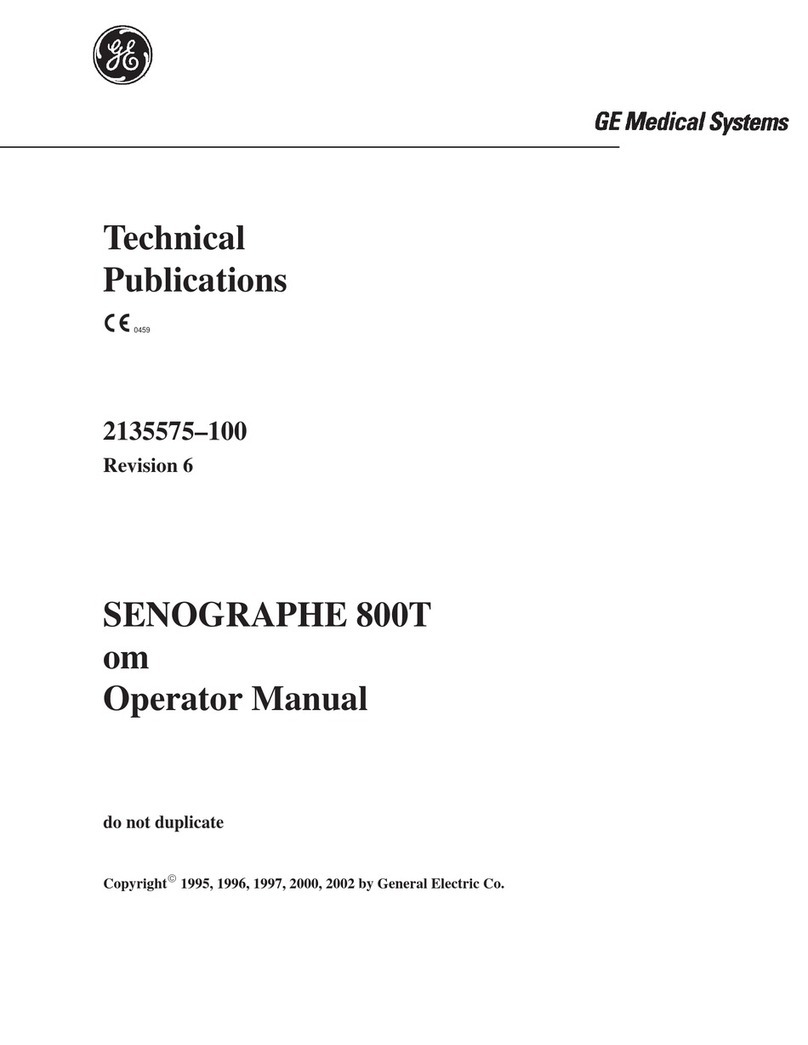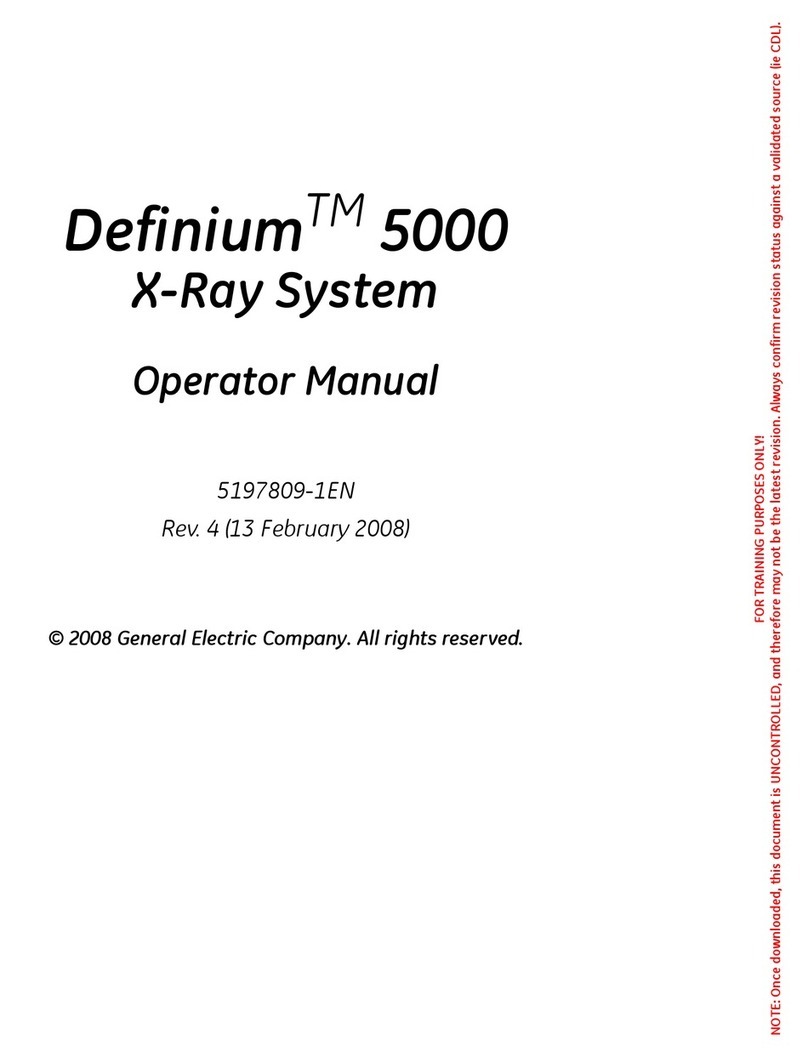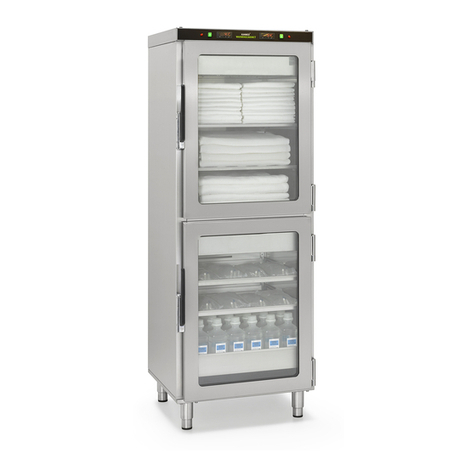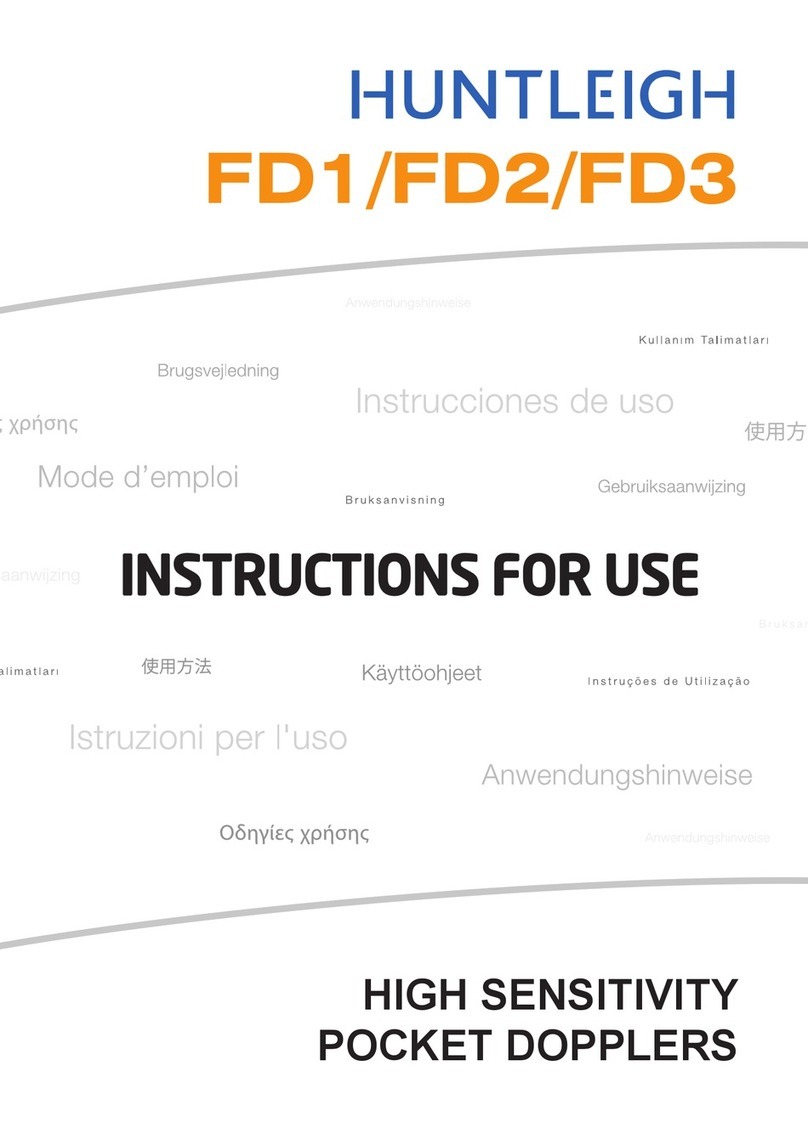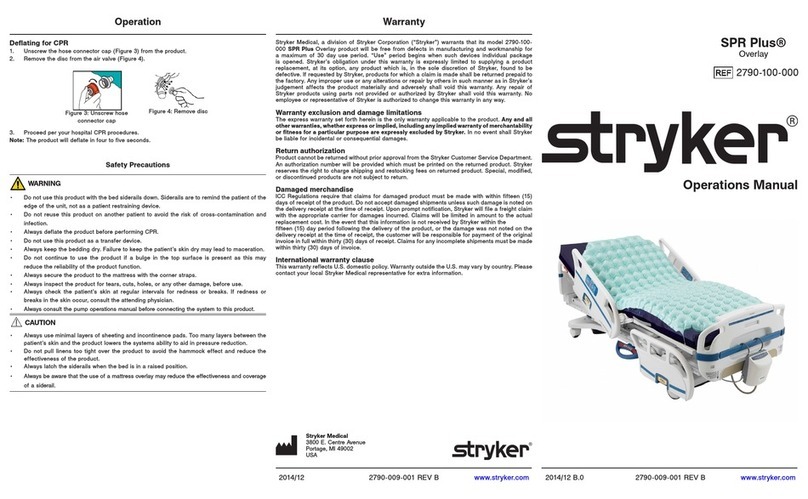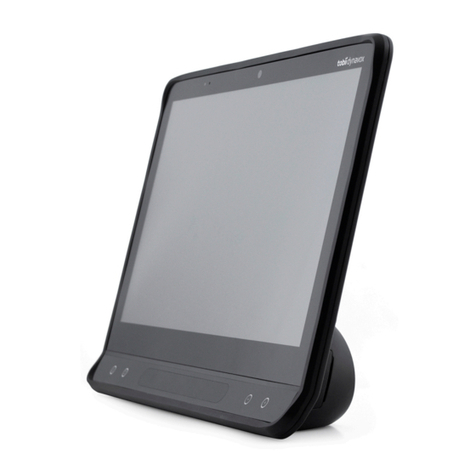●The device may not work for all patients. If you are unable to achieve
stable readings, discontinue use.
●The update period of data is less than 5 seconds, which is changeable
according to different individual pulse rate.
●The instrument does not have low-voltage alarm function, it only shows
the low-voltage, please change the battery when the battery energy is used
out.
●Batteries must be removed if the device is going to be stored for more
than once month, or else batteries may leak.
1.4 Indication for use
The Fingertip Pulse Oximeter is a non-invasive device intended for the
spot-check of oxygen saturation of arterial hemoglobin (SpO2) and the pulse
rate of adult and pediatric patients in home and hospital environments
(including clinical use in internist/surgery, anesthesia, intensive care etc.).
This device is not intended for continuous monitoring.
2 Overview
The pulse oxygen saturation is the percentage of HbO2 in the total Hb in the
blood, so-called the O2 concentration in the blood. It is an important
bio-parameter for the respiration. For the purpose of measuring the SpO2
more easily and accurately, our company developed the Pulse Oximeter. At
the same time, the device can measure the pulse rate simultaneously.
The Pulse Oximeter features in small volume, low power consumption,
convenient operation and being portable. It is only necessary for patient to
put one of his fingers into a fingertip photoelectric sensor for diagnosis, and a
display screen will directly show measured valued of Hemoglobin Saturation.
2.1 Classification:
Class II a (MDD 93/42/EEC IX Rule 10)
Class II (U.S.FDA)
2.2 Feature
■Operation of the product is simple andconvenient.
■The product is small in volume, light in weight (total weight is about 50g
including batteries) and convenient in carrying.
■Power consumption of the product is low.
■The product will automatically be powered off when no signal is in the
product within 16 seconds.
2.3 Major Applications and Scope ofApplication
The Pulse Oximeter can be used to measure human Hemoglobin Saturation
and pulse rate through finger, and indicate the pulse intensity by the
bar-display. The product is suitable for use in family, hospital (Ordinary
sickroom) and social medical organizations and also the measure of
saturation oxygen and pulse rate.
The product is not suitable for use in continuous supervision forpatients.
2.4 Environment Requirements
Operation Temperature: 5℃-40℃
Storage Temperature: -10℃-50℃
Ambient Humidity: 15%-80% RH, no condensation in operation
10%-93% RH, no condensation in storage
Atmospheric Pressure: 70 kPa to 106 kPa, in operation
50kPa–106 kPa, in storage
3 Principle and Caution
3.1 Principle of Measurement
Principle of the Oximeter is as follow: An experience formula of data process
is established taking use of Lambert Beer Law according to Spectrum
Absorption Characteristics of Reductive Hemoglobin (Hb) and
Oxyhemoglobin (HbO2) in glow & near-infrared zones. Operation principle of
the instrument is: Photoelectric Oxyhemoglobin inspection Technology is
adopted in accordance with Capacity Pulse Scanning & Recording
Technology, so that two beams of different wavelength of lights can be
focused onto human fingertip through perspective clamp finger-type sensor.
Then measured signal can be obtained by a photosensitive element,
information acquired through which will be show on screen through treatment
in electronic circuits and microprocessor.
